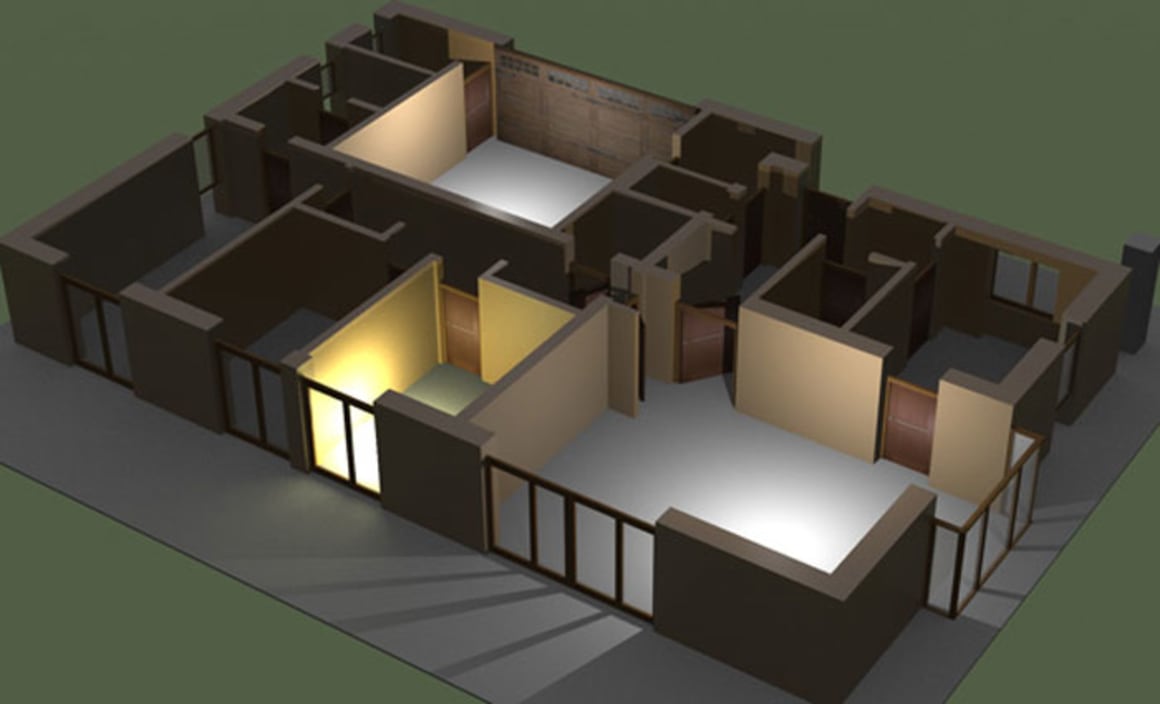Property 101: What is an LVR Loan to Value Ratio?

GUEST OBSERVER
For prospective buyers of property many understand that they require at least a 5 to 10 percent deposit to purchase a property.
However, what I generally find upon sitting down with a new client is that most aren’t aware that ALL lenders look at the various types of property (also referred to as ‘security’) and rate them with different LVRs. Now what exactly is an LVR? It stands for ‘Loan to Value Ratio’. In a nutshell the way you get a LVR rating is to divide the loan amount by the property’s value. So for example if you have a loan for $800,000 secured by a property worth $1,000,000, then the LVR is 80 percent.
For most standard residential suburban homes/ apartments, banks will generally lend on LVRs anywhere from 90 to 97 percent (inclusive of any Lenders Mortgage insurance). However, there are many properties that are regarded as being of more risk to the bank and are referred to as non-standard securities. Consequently, the maximum LVR the bank wants to be exposed to is less. Below is an example of just some of the restrictions on LVRs for different property types:
small apartments/ Bedsit/ Studio
An apartment greater than 40 sqm but less than 50sqm of internal space (and this excludes the balcony and car spot), will see many lenders refuse to lend on these properties altogether. However, those that do, range diversely in the maximum LVR they’ll go to.
Some will go to a maximum of 60 percent whereas there are few that will go up to 95 percent. If you do find a property that has less than 40 sqm, there are only a handful that will consider the deal and often it is assessed on a ‘case by case’ basis with a low LVR applied.
Serviced Apartments/ Student Accommodation
Of the lenders that will consider these securities, the maximum is normally around an LVR of 60 percent to 70 percent regardless of the size of the property.
Over-55 Complexes
At the moment, it’s hard to find lenders out there that will consider these properties due to the fact that if the bank had to sell the property because of a borrower’s default on repayments, then the bank is heavily restricted in who they can sell it to recoup their money. Areas such as the Northern Beaches of Sydney are getting more and more of these complexes so it will be interesting to see if banks change their thinking on this form of security as the Australian populace ages.
Rural Properties
Lenders have varying LVRs when it comes to the assortment of property types available in rural/regional areas. For example if the residential property is 10 hectares or less, is located in a serviced rural/ country town, is connected to power, a landline, sewage, and road access then you can possibly go up to an LVR of 95 percent.
If you are looking at a hobby farm that is between 10 to 50 hectares then some lenders will go to LVRs between 60 to 90 percent. Over 50 hectares and less than 200 hectares is limited to only a few lenders who may go as low as 50 percent on the LVR. In most, if not all cases, the rural property cannot be used for commercial income purposes other than renting out the residence to a tenant.
Company Title
These forms of title are generally restricted to older styled apartments which predate 1961 when strata title was introduced. Since 1961 most apartments have been registered as strata title. It’s in Sydney’s eastern suburbs where the majority of company titled properties are located in NSW. Whilst many lenders won’t lend to these sorts of properties, those that normally do, lend to a maximum LVR between 70 and 85 percent.
In Conclusion
When it comes to financing a property purchase it is always best to engage the services of a qualified mortgage broker who is able to help advise you on what you need to know when it comes to selecting a non-standard security.
Reuben Brown is lending manager of Horizon Mortgages and can be contacted here.